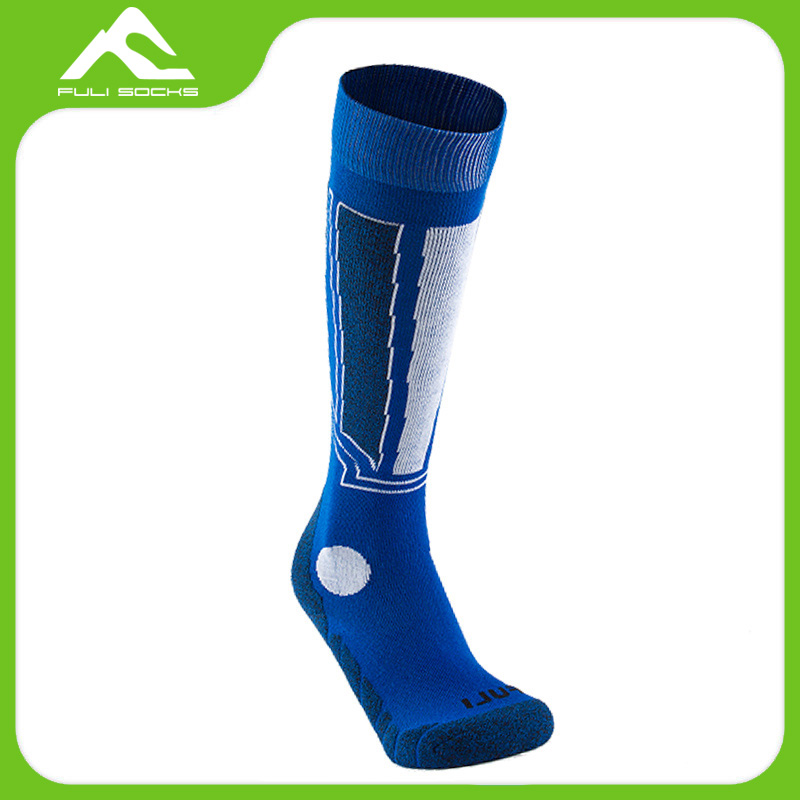How should one care for compression athletic socks to maximize their lifespan
2023-10-21
Proper care for compression athletic socks is essential to maximize their lifespan and effectiveness. Follow these guidelines to ensure your socks stay in good condition and continue to provide the desired compression benefits:
1. Follow Manufacturer's Instructions: Always check and adhere to the care instructions provided by the manufacturer. These instructions may include specific temperature settings, washing recommendations, and drying methods.
2. Hand Wash or Use a Gentle Cycle: In general, it's recommended to hand wash compression socks. If you choose to machine wash them, use a gentle cycle with cold or lukewarm water. Avoid using hot water, as it can damage the elastic fibers.
3. Use a Mild Detergent: Choose a mild, non-abrasive detergent when washing compression socks. Avoid using fabric softeners, bleach, or detergents with harsh chemicals, as they can break down the elastic fibers and reduce the compression effectiveness.
4. Avoid Velcro or Sharp Objects: When washing, be careful not to let your compression socks come into contact with Velcro, sharp objects, or items that might snag or damage the fabric.
5. Hand Dry or Air Dry: It's best to air dry compression socks by laying them flat on a clean surface or hanging them. Avoid wringing or twisting the socks, as this can damage the fibers. Keep them away from direct heat sources and sunlight to prevent any potential damage.
6. Don't Overstretch: Be gentle when putting on and taking off compression socks. Overstretching them while donning can lead to premature wear and reduce their effectiveness.
7. Rotate Your Socks: If you have multiple pairs of compression socks, rotate their use. This helps prevent excessive wear and maintains the elasticity of the socks over time.
8. Replace When Necessary: Compression socks have a lifespan, and their effectiveness can diminish over time. Be prepared to replace them when you notice reduced compression or if they become damaged.
9. Proper Storage: Store your compression socks in a cool, dry place, away from direct sunlight and heat sources. Avoid leaving them in damp or humid conditions, which can affect their elasticity and durability.
10. Check for Damage: Regularly inspect your compression socks for signs of wear and tear, such as holes, snags, or reduced elasticity. If you notice any damage, consider replacing them.
11. Consult a Specialist: If you have specific medical conditions or if you're unsure about caring for your compression socks, seek advice from a healthcare professional or a specialist.
By following these care instructions and paying attention to the condition of your compression athletic socks, you can extend their lifespan and ensure they continue to provide the intended benefits for your physical activities and well-being.



